What's the Point of Software for Landscape Businesses?
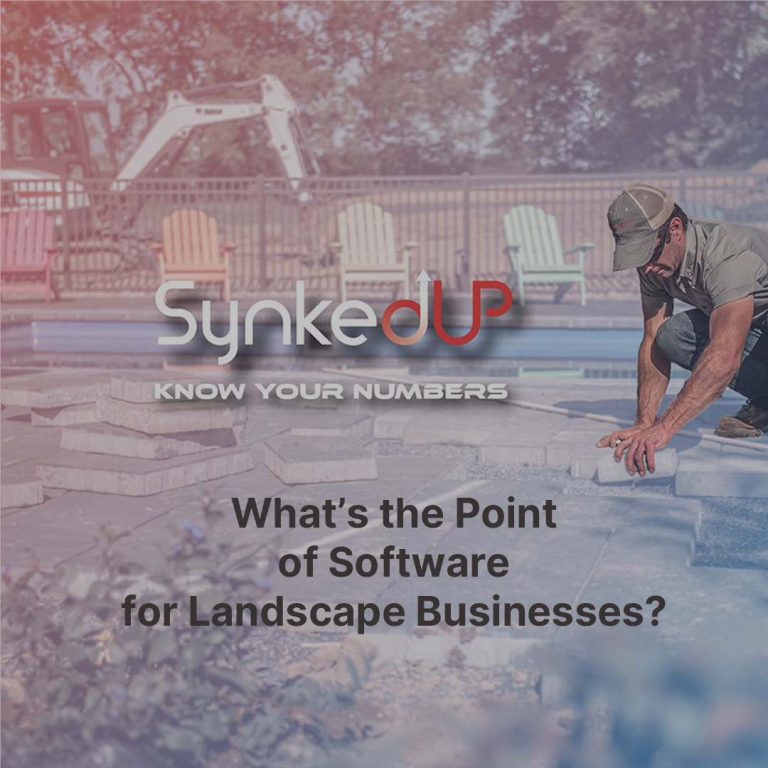
I usually go deep on a particular topic in my blog, but today I am going to zoom out and share a perspective from a 30,000 ft view — on software.
The point of software for landscape businesses is to make it possible for you to own a business, and not for the business to own you.
I’ll explain what I mean by sharing a perspective that is crystalizing for me after spending my whole life (until a few years ago) in the field at a successful landscape company.
I then transitioned to building and selling software for landscape businesses, and now have helped hundreds of those landscape businesses implement software. (And watched a percentage of those that fail.)
What is the Point of Software?
I’m going to stay in my lane first, and talk more about the nuts and bolts of “What is the point of software”, but then am going to transition to what I really believe the point is.
Most software products in the contracting/trades market focus on digitizing your workflows, getting off of paper, and streamlining and modernizing your employees’ and customers’ experiences of working with you.
All good and valid stuff.
But I believe there’s more to it than that. If that is all your software does, you still end up with a stack of manual spreadsheets on the side to calculate your estimates, bids, etc. And you live in this world where you are partly streamlined, but still partly manual.
So, here’s what I believe is the point of software for landscaping businesses:
- To know your numbers
- Streamline workflows and operations
- Get info out of the owner’s head, and into systems and processes
- Know where you’re going right, and where you’re going wrong.
Know Your Numbers
“Knowing Your Numbers” basically is a cliche term that means you know …
- what YOUR prices need to be
- what you need to charge per manhour
- how much do you need to mark up costs to cover overhead, etc?
Knowing your numbers is absolutely critical to succeeding in your business. You can have all the glitzy tools, software, and equipment you want, but if you don’t know your numbers, you will eventually run into a brick wall.
And high chance it’ll put you out of business.
When things are going well, you can sell the jobs at high prices, cash is in the bank, and you may feel like, “yeah I’m good.” But eventually, in real life, you’ll run out of rope, and something somewhere will go wrong.
If you don’t “know your numbers”, you won’t know what to change to stop the bleeding.
The worst part is you may not even realize something is going wrong until the cash starts drying up in the bank account, and by that time it is way too late.
It is extremely difficult to recover from that situation…
And, many never do.
On the Flip Side
On the flip side, if you “know your numbers”, you’ll identify quotes or jobs that had overruns or mistakes, and adapt and respond immediately.
But you can’t fix something you don’t know is broken…
Another example of describing what “Know your Numbers” means is knowing exactly where YOUR breakeven is on the job that you’re quoting.
If you don’t know where your breakeven is, it’ll erode your confidence, and you’ll find yourself negotiating and accepting lower prices and counter offers from your clients, because “you need the work”.
All the while not realizing that you just accepted a counteroffer negotiation that is barely going to allow you to break even – or worse – lose money.
I literally have helped people rebuild a quote they had just sent out after we had done the work of building their budget to learn their numbers. And we discovered the price they sold the job at was a net profit loss.
It literally would have made more sense to walk away from the job and not do it, as it cost them money to do the job.
Getting Info Out of the Owner’s Head
This is a big one.
This is the ceiling that so many owners in the landscape industry run into. Different owners run into this “ceiling” at different places, usually varying between $500k-$2m in revenue.
But when you do run into this ceiling, you feel stressed, operations feel wobbly, things are being missed or forgotten, crews don’t know what’s up, and YOU seem to be the only one that can solve problems for everyone else.
Your phone is continually ringing and pinging. You’re one massive firefighter.
So how does software play into this?
Well, the keys out of the prison described above are systems and processes.
Streamlining Workflows and Operations with Software
This is super important and can save you boatloads of time.
This is also the thing that pretty much all of the software products in the landscape/trades industry focus on.
This means they skip right over the “Know Your Numbers” point above and most don’t even attempt to solve that problem.
There are a few exceptions to that statement, like LMN or Aspire, and of course, SynkedUP, does pay attention to the “Know Your Numbers” aspect.
There really is a lot of power in streamlining operations. Streamlining translates to saved time and effort, which translates to saving a lot of money.
You can get a 10X return on your investment into the cost of software just at this point alone.
Meaning… if you spend $400/mo on software, and collectively save 40 hrs a month in saved time across all employees in your company, assuming an easy round number cost of $100/hr, you just got a 10X return on your investment into the cost of the software.
In saved time alone.
Not even mentioning the other points in this article. I’ve seen many people get even more than a 10X return.
This Could be Life Changing
This truly is an important and life-changing point. And it’s why there are software products out there that are running a successful software business that only provides streamlining or workflows and operations, and not even adding value in the “Know Your Numbers” aspect.
There’s a lot of juice to squeeze out of this lemon of streamlining workflows and operations.
Just a couple of symptoms that are signs that you could benefit from streamlining your company are things like:
- Crews returning back to the shop to get tools or supplies that they hadn’t known they need
- Spending hours plugging info into spreadsheets
- Spending hours invoicing
- Having persistent phone tag culture in your team. Crew leaders constantly call you asking for an address, what plants you need, how many yards of mulch to bring, etc. This means they need a “source of truth”. A place to go where they can access all the info that answers these types of questions.
Like in an app 🙂
Systems and processes define your workflow and decentralize everything so that you are not the kingpin of the operation anymore.
Good systems and processes provide autonomy to your team.
With good systems and processes, they can problem-solve without you.
They can go find the info, or they can know how to respond to the hot-button issue they’re facing. Without bothering you.
There’s only one catch.
It’s Not Always Easy
Systems and processes are HARD to build. It takes work. And often when you are in the situation I described above, you are already running around like a chicken with its head cut off, and feel like you don’t have a spare minute to not only solve the current hot-button issue but then also pause to think about how you can prevent getting into this situation next time. Or how to empower your team to solve it without you.
This is where software comes in. Using good software is like pulling prebuilt systems and processes out of the box, and implementing them across your company.
It is a massive shortcut.
You skip all the hard work of building out your systems and processes from scratch, and the only “hard work” that remains is deploying these systems and processes.
Now, it still takes a definite decision, and leadership from you to deploy this across your team. But you can rest assured that these are systems and processes that others have gone on before you built and ran through the trying fire of real life.
Just keep in mind: it is easier to continue doing what you’ve always done, even if that system is broken.
Yes, using the software as your base system and the process is a massive shortcut. But it still takes decisive and steady leadership from you to deploy and benefit from this upgrade.
If you never make this leap, you as the owner are your own bottleneck. The company will never grow beyond your ability to “do things”. To take phone calls, solve issues, and firefight every little thing that comes up. And the company will never grow to a point where it can run without you.
Knowing Where You’re Going Right, and Where You’re Going Wrong
And finally, when you have a system where you “know your numbers,” streamline your ops, and pull info out of your head as an owner, you need to be able to tell when things are going well, and when there are leaks that need to be plugged. You need a way to make good decisions. To be able to quickly respond to things like fuel prices doubling, long before your accountant is seeing the issue in your cash flow.
Stereotypically, we landscapers don’t wake up excited to studiously pore over a Profit & Loss statement. We just want our accountant to keep our books, file taxes for us, and just take care of that end of things.
But as a business owner, you need to be able to effectively make good decisions for your company. Based on real data and analytics. Not a gut feeling. Not saying your intuition and gut feeling doesn’t have a place, it does. But gut feeling alone isn’t going to prevent you from running into binds. Gut feeling isn’t going to tell you what your overhead markup % or man-hour price needs to be. Gut feeling isn’t going to tell you exactly how much money you lost on a job. Gut feeling isn’t going to tell you exactly where your breakeven is on a job.
You simply need a place to go to for each job and see exactly where you went right, and where you went wrong. And then discuss these things with your team, to learn, adapt and overcome. We call this ‘job costing’. Comparing estimated vs. actual expenses, hours, and profits.
The Results?
When you do this, this is where your team shows up, and begins to take ownership. To take on more autonomy. To think more like an owner. Because now instead of inquisitively studying your face and reactions to judge whether they did well or not, they have a system and process to gauge whether they did well or not.
It’s a beautiful thing. I was a massive benefactor as an employee of a company that ran this way for many years. And I want to share that with every landscape business owner I possibly can.
The crews hold the keys. The keys to owning a business instead of a business owning you. Give your crew the system they need to perform.
Curious, Is there any part of my thoughts above that you disagree with?
Anything you’d like to add?
Let me know in the comments.
I read them all!
Weston

Weston Zimmerman
CEO and co-founder
See SynkedUP in action
Related Articles
Employee Complaint? Do This Next Time.
Employee Complaint? Do This Next Time. Had An Employee Complaint? Have you ever had an employee complaint? I’m sure you...
Are You “The Best” Contractor In Your Area?
Are You “The Best” Contractor In Your Area? “The Best” Can you make a better burger than McDonald’s? Can you...
Making Money? Time for the Mid-Year Check
Making Money? Time for the Mid-year Check Making money? It’s that time in the heat of summer again! Are you...
Improving Your Sales Skills Through Authenticity
Improving Your Sales Skills Through Authenticity Can you improve your sales skills? I was inspired to write this today from...
Feeling Resentment? Where Does It Come From?
Feeling Resentment? Where Does It Come From? Where does resentment come from? I was on a call last week with...
What Are You Putting Off?
What Are You Putting Off? What are you putting off? Today’s blog is a bit different. I’m zooming out, talking...
The Power of Job Costing
The Power of Job Costing The Power of Job Costing The power of job costing. It can mean the difference...
Pricing Estimates Profitably With An Updated Budget
Pricing Estimates Profitably With An Updated Budget Pricing estimates profitably with an updated budget It’s that time of year where...
Should Contractors Give Discounts?
Should Contractors Give Discounts? Should contractors give discounts? Should we as contractors give discounts on jobs? I dare say we’ve...
How to Create Estimating Templates and Production Rates
How to Create Estimating Templates and Production Rates Estimating Templates and Production Rates You want to cut estimating time by...
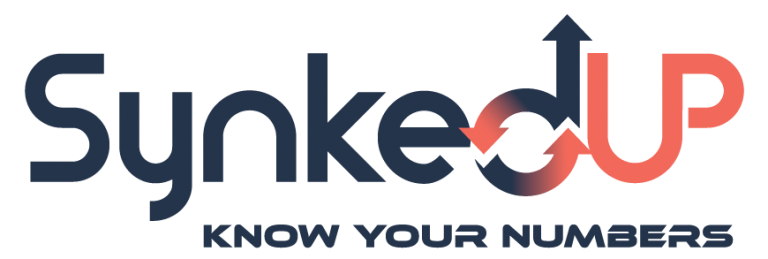
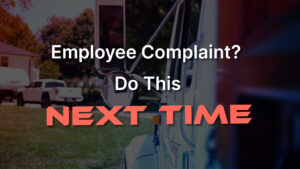

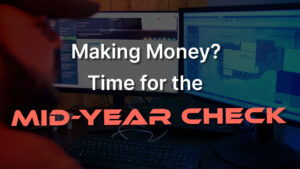



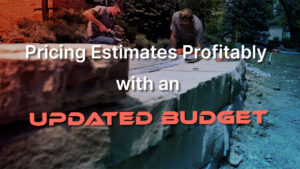


One Response
Great read!!